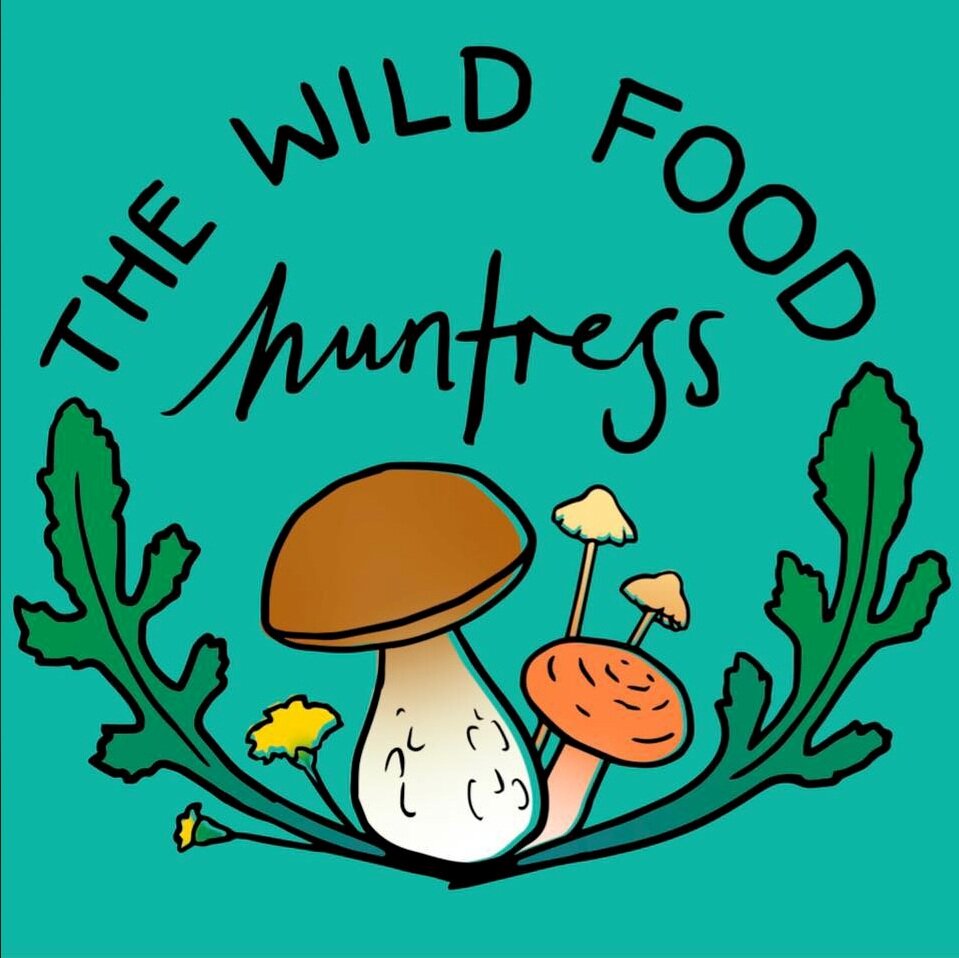Macrolepiota clelandii
Parasol Mushroom
Edible
Parasol gills and stem
Parasol cap
Parasol
Photo Credit Jonathan MacGibbon
Edibility
Macrolepiota clelandii more commonly known as the native parasol/ slender parasol is an edible mushroom that is said to taste like chicken (but doesn’t everything) this mushroom can be used in many dishes as you would a store bought mushroom however i think its best served crumbed like a schnitzel.
"The toxicity of the this species is unknown”
Habitat
This mushroom quite often fruits singly or in small groups on the ground in grass or among leaf litter. It is typically found in native vegetation but obviously there will be variations to the rule.
Description
The name Macrolepiota clelandii defenition is:
Macro meaning long or great, lepiota is from the greek latin lepis meaning scaly.
clelandii as the mushroom was first noted by John Burton Cleland in the early 20th century,it was at first assumed to be the close relative Macrolepiota procera, a European species now known not to be in Australia.
This not a mushroom for beginners to try as it does resemble the toxic Lepiota sp and Chlorophyllum molybdites.
Appearance
The Cap.
The cap when freshly emerged is egg shaped in appearance before becoming convex (rounded) before finally flattening out as it reaches maturity. The cap size can vary in size from 6 cm to 12 cm in diameter. Initially pale brown in colour with a darker brown area near the crown that breaks into scales as the mushroom matures.
The Gills.
The gills of the Parasol Mushroom are white or pale cream in colour and are closely spaced they are also not attached to the stipe.
The Stem.
The stem/ stipe is around 8cm-18cm long and 1cm-3cm wide and cylindrical in shape broadening out at the base becoming almost bulb like. A large edged ring often persists around the stem (see pic above) but often becomes movable and falls to the base.
Distribution
QLD-NSW-VIC-SA-WA-TAS
Spore Colour
White
Lookalikes
There are a few dangerous lookalikes to Macrolepiota clelandii including the toxic Lepiota sp and Chlorophyllum molybdites.
Chlorophyllum molybdites
please use this reference as a tool for identification only and never eat any mushroom unless you do your own research and you are 100% sure. Remember if in doubt leave it out!






